Chardonnay Grapes | Characteristics and Color Explained
Unlocking The Secrets of Chardonnay Grapes: Characteristics and Color Explained
Chardonnay grapes offer a whole spectrum of characteristics, all thanks to their roots in France's Burgundy region. Not to mention, they take on unique qualities depending on the terroir where they're grown. Picture the grapes undergoing a rigorous routine that includes barrel aging, along with some serious climate pampering. This results in a range of flavors, starting with fresh apple notes and stretching to lush tropical fruit tastes.
What's more, it is not only about the flavor profile. Color plays a huge role too. You'll notice hues spanning from a youthful, pale lemon to a deep, golden maturity. Each subtle color shift could introduce you to a new flavor sensation.
Key Takeaways
-
They flourish in diverse climates around the world, each impacting their unique flavors and aromas.
-
Wine enthusiasts and winemakers alike prefer this grape for its adaptability.
-
Different shades vary from a light lemon tint to a deep gold.
-
Different climates profoundly affect its flavor profiles which makes it as diverse as many describe them.
-
Oak aging and terroir influence Chardonnay's flavor profile.
A Glimpse Into Chardonnay Grapes
Chardonnay, considered the queen of white wine grapes, traces its historical lineage back to the eastern French Burgundy region. Its significance in the realm of viticulture is immense.
Chardonnay's global popularity owes much to its regional diversity. Not confined to its French birthplace, this grape has spread to numerous global wine-producing regions, each adding its unique touch to its characteristics.
"Unveiling the Elegance of Chardonnay: From Burgundy Roots to a Spectrum of Flavors and Colors – Explore the Versatility and Timeless Charm of the Queen of White Wine Grapes."

Unique Characteristics of Chardonnay
Its profile is significantly influenced by terroir, the natural environment where it grows. This adaptable fruit thrives in varied climates and soils, each leaving a unique imprint on its profile.
It has a special affinity for oak. Winemakers often use techniques like barrel aging or fermentation in oak barrels, adding complexity and richness to the wine.
Understanding Chardonnay Color Variations
Color variations in these wines are influenced by multiple factors, making this a captivating study area for wine enthusiasts. These wines display color intensity from a young wine's pale lemon hue to the deep gold of mature offerings.
Differences in hue, or the specific type of color, add another layer of complexity to these wines. Young varieties often show a greenish hue, whereas older wines tend to display a golden color.
Impact of Climate on Chardonnay
Chardonnay thrives in various climates, each contributing unique characteristics. In cool climates like Chablis and Champagne, grapes embody high acidity with hints of green apple and citrus. Conversely, warm climates such as California or Australia produce Chardonnay grapes with diminished acidity, revealing prominent tropical fruit and melon flavors.
Practices followed in vineyards also significantly influence the final product. Factors including harvest timing, canopy management, along irrigation use all alter climate effects on the grapes. In essence, climate in alliance with vineyard practices determines Chardonnay grapes' character, leading to the diverse range of exquisite wines relished today.
Flavor Profile: Decoding Chardonnay
To comprehend Chardonnay's flavor profile requires an insightful journey through sensory exploration. Two key factors have profound influences: oak's touch and terroir's impact.
Oak's touch, often employed by winemakers, brings forth a symphony of flavors when Chardonnay ages in oak barrels. These include hints of vanilla, butter, caramel, and spice, adding depth and complexity to the wine. This aging process also gives Chardonnay its rich, golden color and full-bodied texture.
In the winemaking context, terroir means the combined effects of soil type environment and vineyard slope positions which emerged first in France. The specific location where Chardonnay grows produces many different taste experiences. Different growing areas produce Chardonnay wines that show sharp green apple and pear tastes when it is cold but richer tropical fruit properties when it is warm.
Supporting Facts and Statistics
According to the National Agricultural Statistics Service (NASS), Chardonnay grapes began in France's Burgundy region and now lead as California's top wine-type variety. In 2023, California reported 610,000 acres of wine-type grapes, with Chardonnay and Cabernet Sauvignon holding the top spots.
The NASS added that Chardonnay adapts well to different climates, allowing for a wide range of flavor profiles. In 2022, California crushed 1,463,787 tons of white wine varieties, including Chardonnay, showing an 8.6% decline compared to the previous year.
In addition, the National Agricultural Statistics Service emphasized that grape maturity and winemaking techniques create color variations in Chardonnay wines, which range from pale lemon to deep gold. These differences enhance the wine's appearance and appeal.
Casa Loce’s Opinion on Chardonnay Grapes
These grapes hold intrigue not solely due to their lineage but also owing to their unique features and diverse hues. Climate conditions add to this diversity, enriching the grape's taste spectrum and establishing its status as a globally loved variety. Delving into the mysteries of this grape type enriches the understanding of winemaking. At CasaLoce.com, we believe that this craft symbolizes a harmonious blend of nature's providence and human creativity.
Frequently Asked Questions
What grape is used in Chardonnay?
The grape used in Chardonnay is the Chardonnay grape itself. This grape variety is green-skinned and originates from the Burgundy wine region of eastern France.
Is a Chardonnay sweet or dry?
Chardonnay can be both sweet and dry. The taste largely depends on where it's grown and how it's made. Cool climate Chardonnay, like those from Chablis, France, tends to be dry, while warm climate Chardonnay, like those from California, can be sweeter.
Is Chardonnay oaky or buttery?
Chardonnay can be both oaky and buttery. The taste of oak comes from the process of aging the wine in oak barrels. The buttery taste, on the other hand, comes from a process called malolactic fermentation that the wine undergoes, where tart-tasting malic acid in the wine is converted to a softer, creamier lactic acid.
Are Chardonnay and Pinot Noir the same grape?
Chardonnay and Pinot Noir are not the same grape. Chardonnay is a green-skinned grape, while Pinot Noir is a red-skinned grape. They are two distinct varieties with different flavors and characteristics.
What are the three types of Chardonnay?
The three types of Chardonnay are unoaked, oaked, and sparkling. Unoaked Chardonnay is crisp and fruit-forward, oaked Chardonnay is rich and creamy, and sparkling Chardonnay is used in the production of Champagne and other sparkling wines.
What is the sweetest wine?
The sweetest wine is typically a dessert wine like Trockenbeerenauslese from Germany or a fortified wine like Port.
What do you call a Champagne made entirely from Chardonnay grapes?
A Champagne made entirely from Chardonnay grapes is called a Blanc de Blancs.
What's the difference between Pinot Grigio and Chardonnay?
Pinot Grigio and Chardonnay are made from two different grape varieties. Pinot Grigio wines are typically lighter-bodied, with crisp, bright fruit flavors, while Chardonnay wines can be full-bodied and rich, with flavors that can be influenced by oak aging.
What grape is used in Pinot Grigio?
The grape used in Pinot Grigio is the Pinot Gris grape, which is a white wine grape variety of the species Vitis vinifera.
Why is Chardonnay so popular?
Chardonnay is so popular because of its versatility. It can adapt to a wide range of climates, which means it can be grown in wine regions around the world. This results in a wide range of styles and flavors.
What causes the buttery taste in Chardonnay?
The buttery taste in Chardonnay is caused by a process called malolactic fermentation. This process converts the tart malic acid in the wine into softer, creamier lactic acid.
Is Chardonnay good for beginners?
Chardonnay can be a good wine for beginners because of its wide range of styles and flavors. It can be a good introduction to the different ways that climate and winemaking techniques can influence the taste of a wine.
Join us for a look into our elegant approach to winemaking and gracious hospitality. We welcome our members and their guests by appointment only. Become a member or book an event by visiting CasaLoce.com
Casa Locé
Upper Ojai California
10065 N Ojai Rd, Ojai, CA 93023
https://maps.app.goo.gl/E7YQCnXAFHq1bKz46




